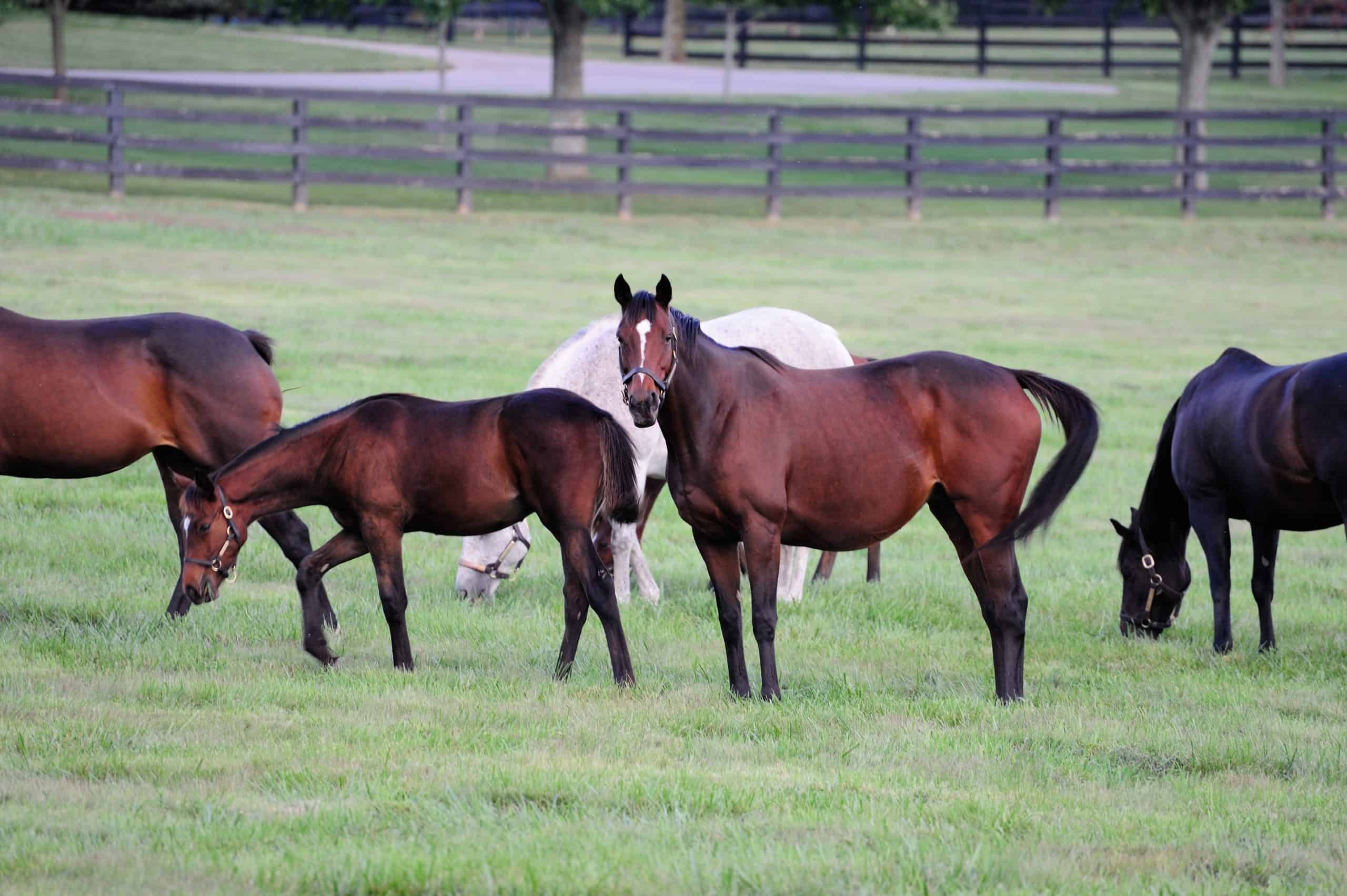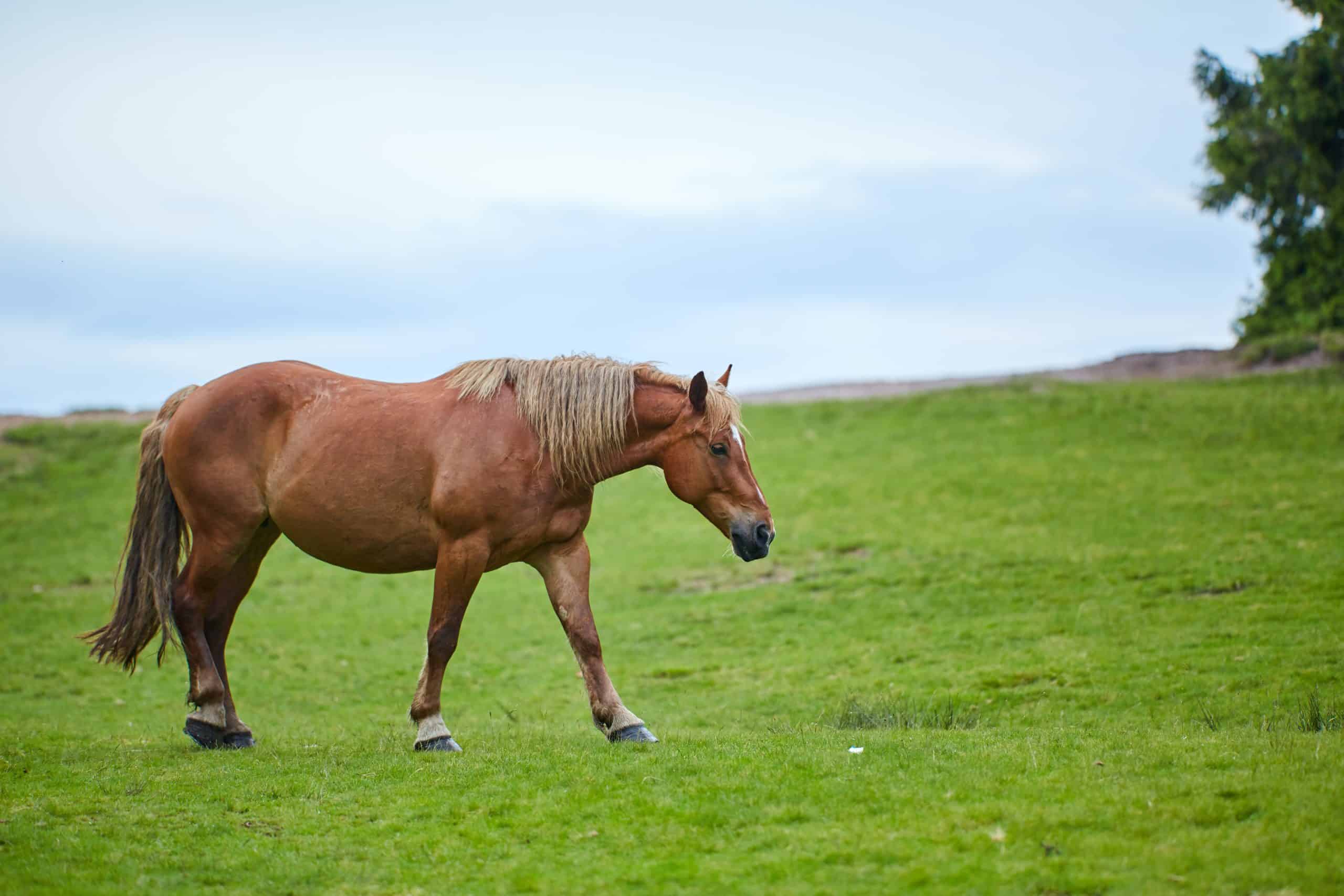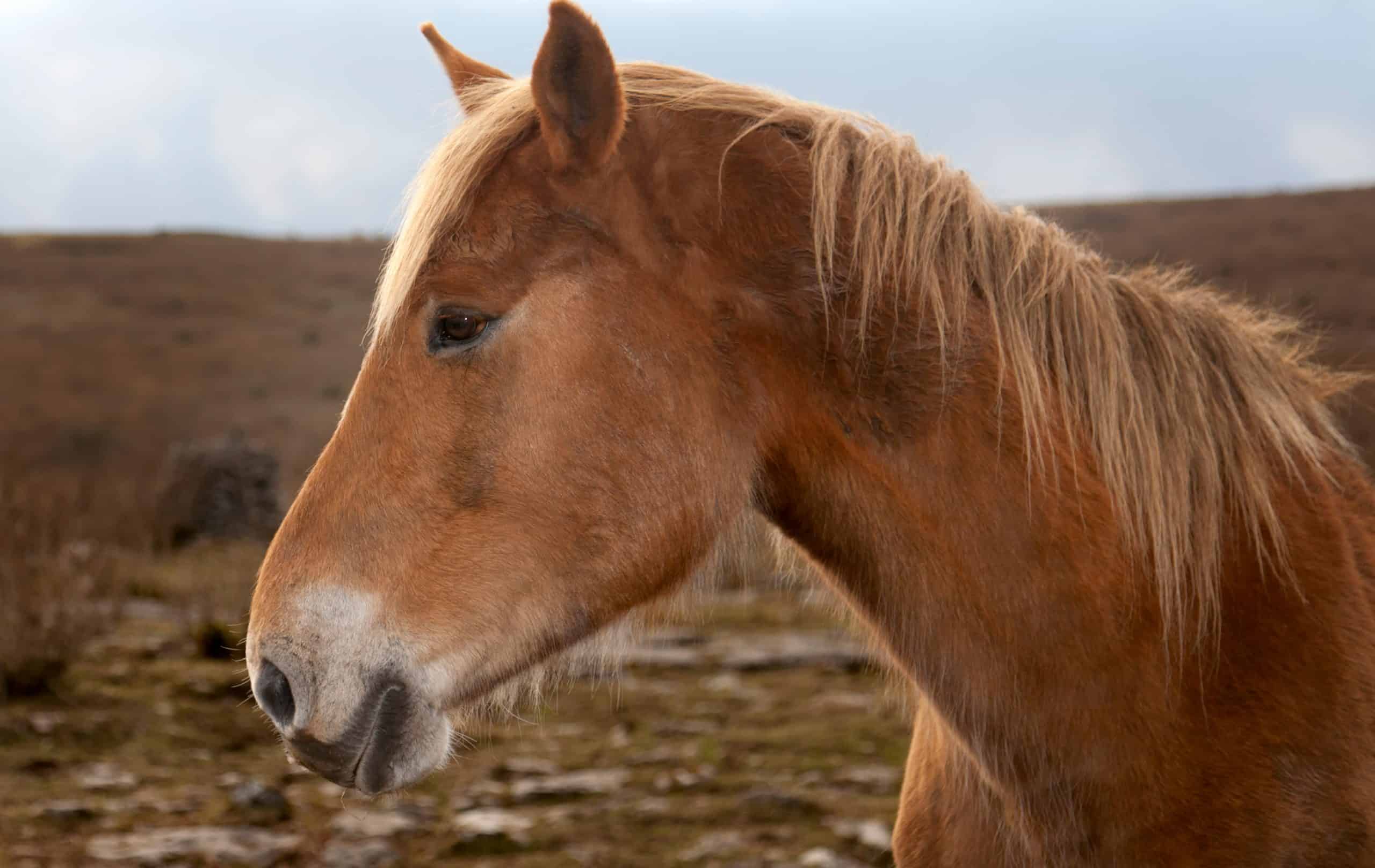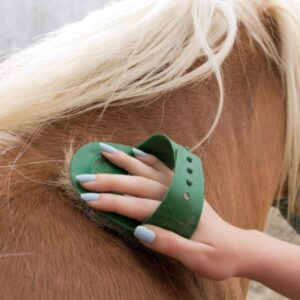The importance of accurately estimating your horse’s weight will help you track their health as well as make sure, when they receive a dose of medicine, that the dose is as accurate as possible. Sometimes people may assume they are good at guessing their horse’s weight, however, they can still be off by nearly 200 pounds.
So how can you go about accurately calculating your horse’s weight? There are two ways you can measure, one way is great for a quick estimate but leaves room for more error, while the other requires calculations but can get you more accurate results.
The first way we will go through is more extensive and provides better results. First, you’ll need your horse to stand squarely with their head in a relaxed position. You may want to tie your horse up on a flat surface so you are getting the most accurate measurements.
Next, you’ll measure your horse from the point of shoulder to the point of croup; you’ll be measuring the length of your horse. You will also want to measure the heart girth of your horse. This will be from the base of the withers to behind the front legs.
Taking these measurements, you will then want to plug them into this equation:
(heartgirth x heartgirth x length) ÷ 300 + 50
For example, if your horse’s heartgirth was 50 and the length is 80, the equation will be:
(50 x 50 x 80) ÷ 300 + 50 = 716.67 pounds
If you have these measurements, you can also plug those numbers into a weight calculator to help estimate your horse’s weight. You can find that calculator here.
If you need to quickly know your horse’s weight and don’t have time to calculate the previous equations, you can also use a weight tape. A weight tape is similar to a tape measure except it shows weight amounts along the side rather than inches.
You will begin by taking the weight tape and putting it around the horse’s girth. Line up the “0” of the measure to the other edge, and the number that lines up to the edge is the weight of the horse.
This method may be difficult for those who are not accustom to measuring their horse this way. If it’s windy or your horse gets startled easily, they may also have an adverse reaction to the entire situation.
Horse Courses by Elaine Heney
- Listening to the Horse - The Documentary by Elaine Heney & Grey Pony Films
- Shoulder In & Out Training for better balance, bend & topline development with your horse
- Over 110+ Polework Exercises & Challenges to Download
- Dancing at Liberty & Creating Connection with Your Horse (11 lessons) - Grey Pony Films
Whether you need the weight quickly or are able to take the time to calculate the measurements, make sure you are factoring in what you need the weight figure for. In most cases the faster way is fine, but for dosage, you may be better off taking the time to calculate the figure to keep your horse healthy and safe.








Leave a Reply